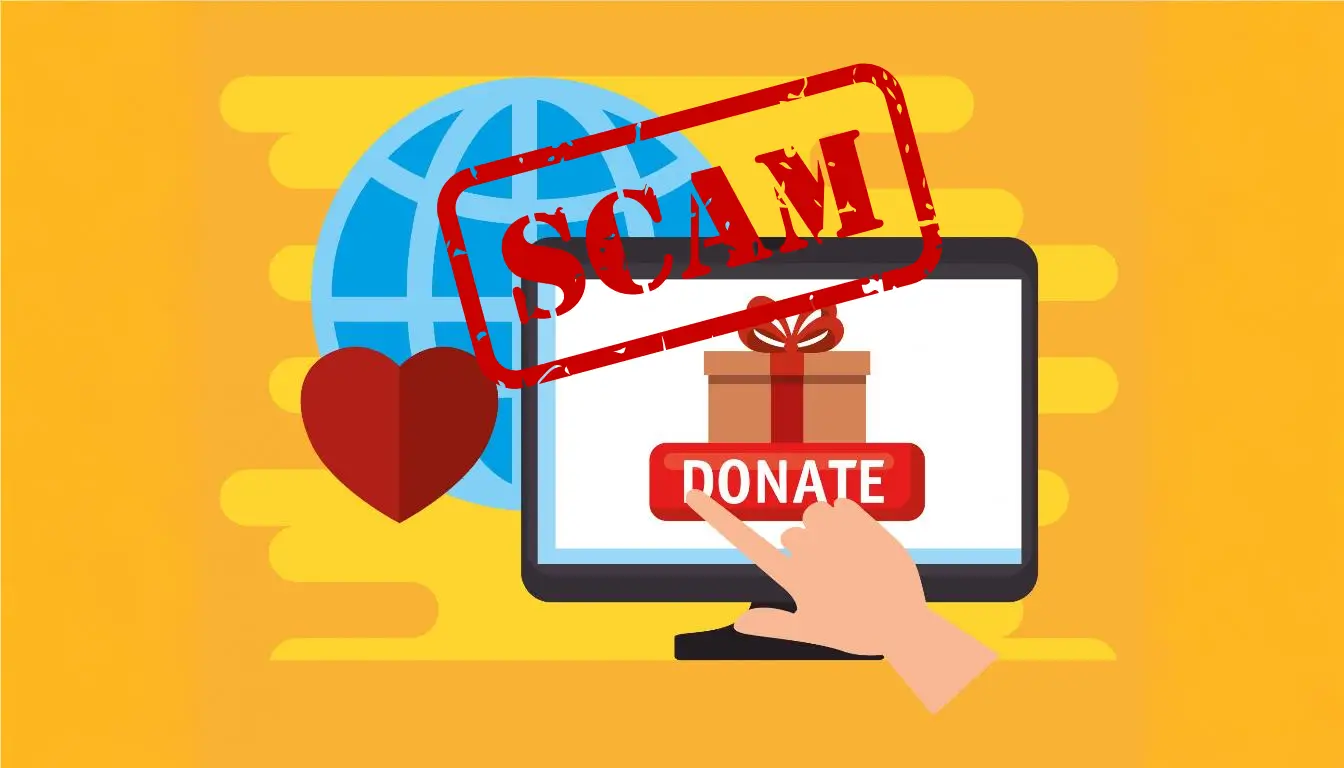Charity has always been and remains an important part of society, allowing people to help those in need. However, in recent years, there has been an increase in fraud cases related to fake charitable funds. These organizations disguise themselves as real charitable institutions but actually aim to deceive people and extort money from them.
Signs of Fake Charity
Before making a donation, it is important to ensure that the organization is reliable. Here are some signs that may indicate that a fund is fake:
- Lack of transparency. Genuine charitable funds are always open in their actions. They provide detailed reports on how funds are distributed and openly publish financial reports. If an organization cannot provide such information, it should raise suspicion.
- Aggressive fundraising tactics. Fake funds often use aggressive methods to force people to donate money. For example, they may call by phone, send emails, or even come to the door, persistently demanding donations.
- Unbelievable promises. If a fund promises too much for too little, it could be a sign of fraud. For example, claims that your donation will instantly save many lives are often exaggerated.
- Lack of specific information. Genuine charitable organizations can always clearly explain how your money will be spent. If the website or representative of the fund cannot provide this data, it's a warning sign.
How Not to Become a Victim of Charity Scam
To avoid becoming a victim of fraudsters, you should follow a few simple yet effective rules:
- Check if the fund is registered. Genuine charitable organizations must be registered with the relevant government authorities. You can check this information in public registers.
- Look for reviews and ratings. Before donating money, find reviews about the fund online. Reliable organizations usually have positive reviews and high ratings on specialized sites.
- Use secure payment methods. Never transfer money to personal accounts or use insecure payment methods. Use verified platforms that provide transaction protection.
- Be careful with personal information. Never provide your personal data or bank card information to suspicious organizations.
How to Distinguish a Genuine Fund from Fraudsters
Distinguishing a genuine charitable fund from a fake one can be challenging, but it's possible if you know what to look for.
- Visit the organization's website. A reliable fund typically has a professionally designed website with clear information about its mission, projects, and reports. Pay attention to contact details and the presence of a physical address.
- Contact the fund. Don't hesitate to call or write to the organization and ask questions about how they plan to use donations. Genuine funds are always ready to provide such information.
- Check for reports. Genuine charitable organizations publish financial reports annually, which may be available on their website or upon request.
Examples of Fake Charitable Schemes
Fraud with charitable funds can take various forms, from phone calls to complex online schemes.
Let's consider some of the most common examples:
- Fake fundraisers. These are people who go door-to-door or stand on the street claiming to collect money for charity. They often wear fake IDs and uniforms.
- Online campaigns on fake platforms. Fake websites appear on the internet, mimicking well-known fundraising platforms. They can look very convincing but are actually designed to steal money.
- Fake letters and emails. Fraudsters send letters or emails posing as well-known charitable organizations, asking for money transfers.
How to Protect Yourself and Your Loved Ones
To protect yourself and your loved ones from charity fraud, follow these recommendations:
- Take time to verify information. Never rush with donations. Take time to research the fund and verify its legitimacy.
- Educate your loved ones. Tell friends and family about the signs of fake funds and how to avoid being scammed.
- Report fraudsters. If you encounter fraud, be sure to report it to law enforcement and relevant organizations.
Conclusion
Charity fund fraud is a serious problem that affects not only those who donate money but also those who genuinely need help. Understanding the signs of fake charity and knowing how to protect yourself will help you make informed choices and support genuine charitable organizations. Charity should bring benefits, not become a source of frustration and loss.
